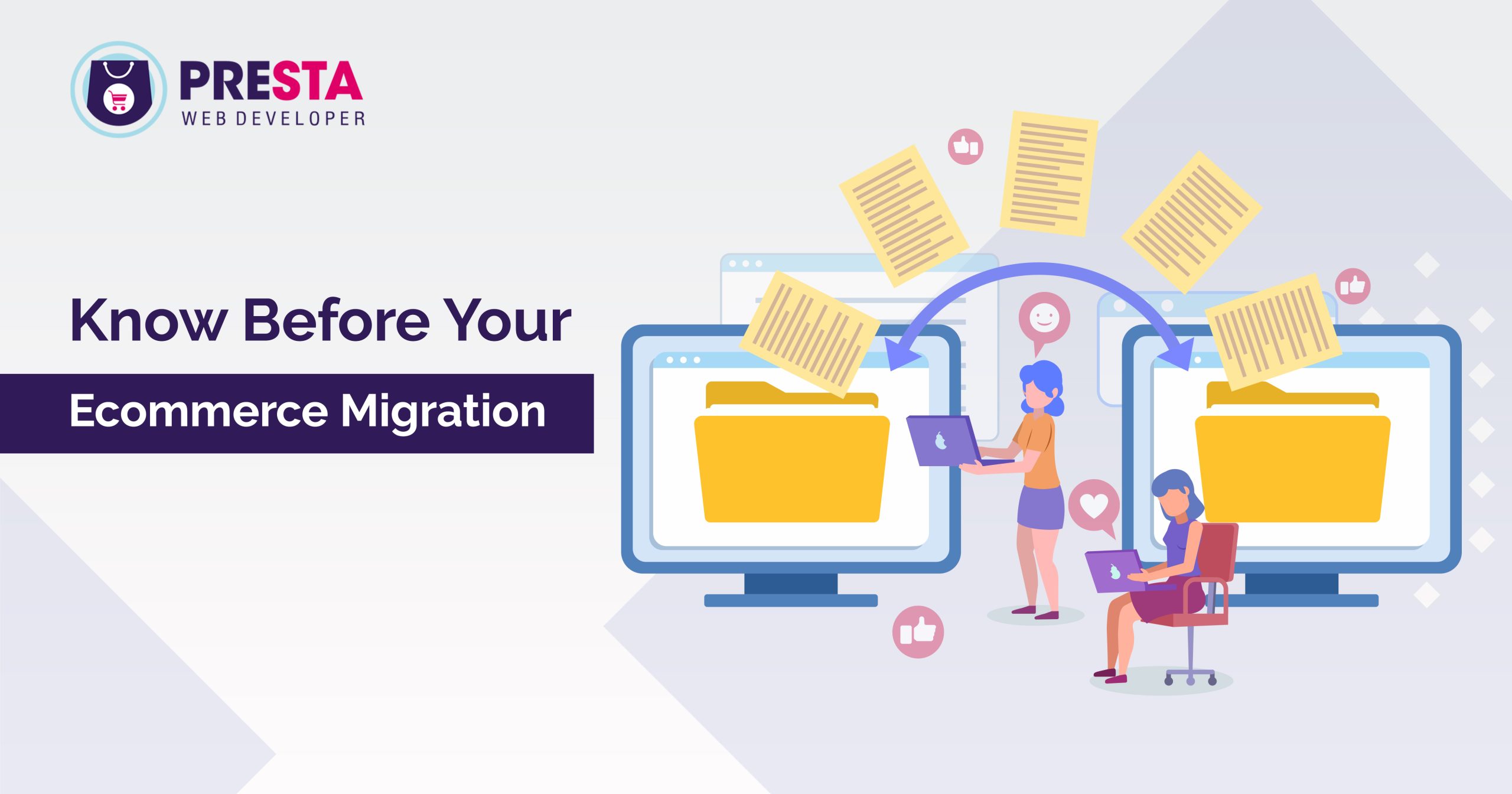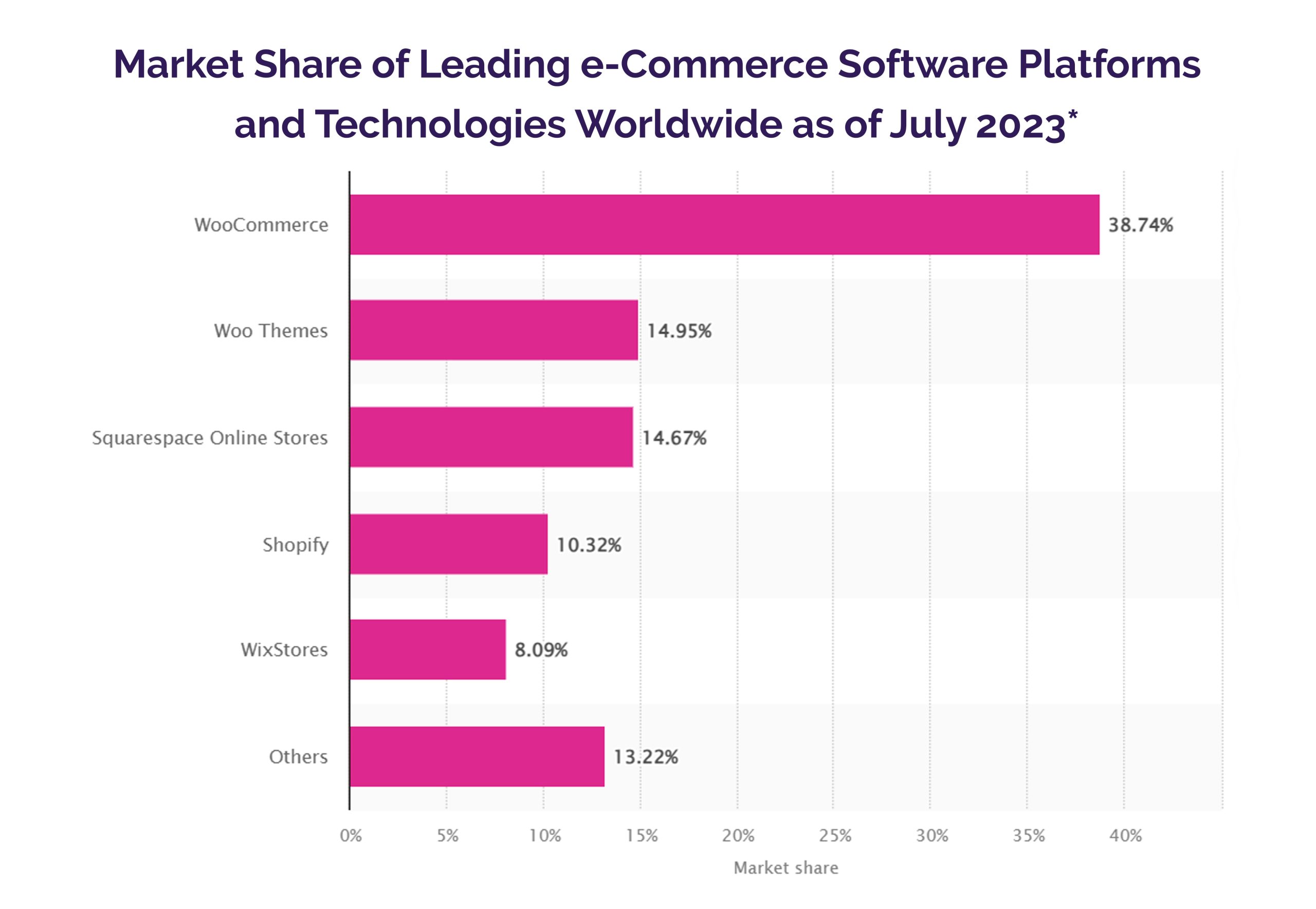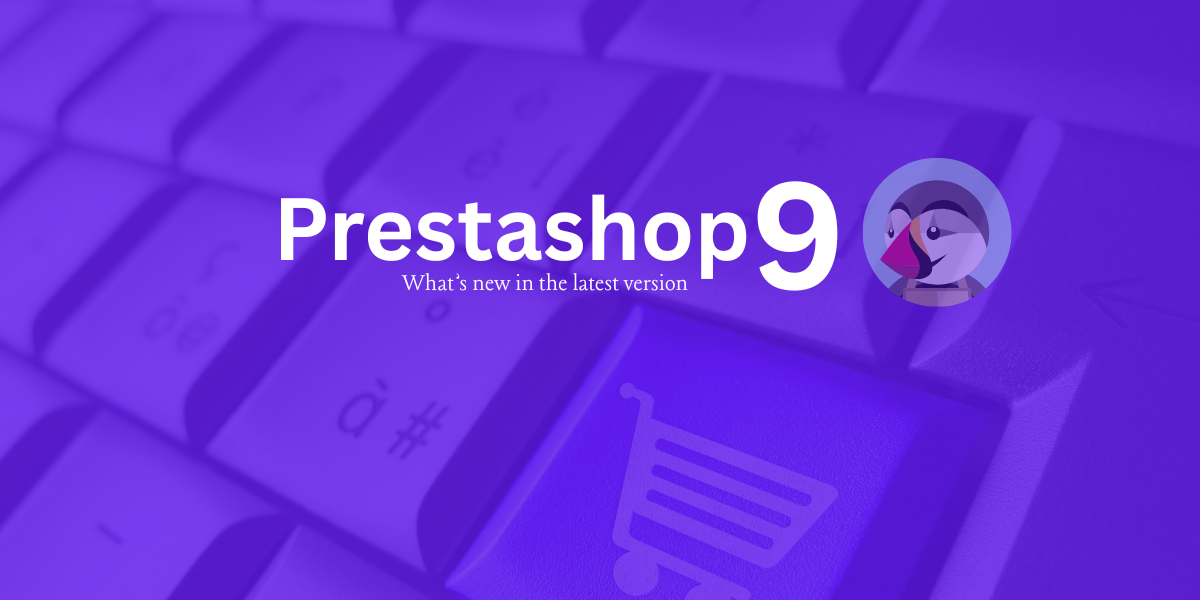The latest version of the globally renowned CMS, PrestaShop is available for use. PrestaShop 9 comes with loads of enhancements focussed on frontend,
Read More
An eCommerce migration process is focused on improving your website performance in terms of speed, ease of checkout, and overall user experience for the clients. However, stepping in the wrong direction can mess things up for your business.
For example, a lack of SEO optimization in the migration process can severely impact your years of hard work to improve the site’s visibility over the search engine result pages. You must have an in-depth understanding of the undertaking project for a glitch-free eCommerce migration.
Thanks to modern technologies and stiff competition in the eCommerce industry, you have several viable options for store migration. However, you must select the best approach that aligns with your goals seamlessly.
The standard migration approaches are:
In this approach, your entire code & database can be shifted from one monolithic platform to another that offers greater security, functional features, plugins, etc. This helps you achieve a new look and feel for the online store with upgraded features. As a trusted Prestashop ecommerce development company, we ensure seamless migration of your digital store with the least downtime and zero data loss.
This approach helps you save on migration costs, as you only need to upgrade outdated systems or integrate new features into the digital store. For example, eCommerce sites now add chatbots to boost customer experience.
Similarly, many companies upgrade their payment systems to make it consistent with the latest trending payment options. Based on the performance of the new features, you can proceed with upgrading other elements or third-party tools in the site migration project subsequently.
Leveraging a microservice architecture allows you to decouple the dependency between the store front end and back end. This provides greater freedom in experimenting with the website design.
Note: In a microservice architecture, a single app can operate as a suite of several small services. Each small service can work for unique processes and communicate with each other to achieve business tasks.
1.Set Goals of the Migration Project
The immediate goal of any eCommerce migration project is to leverage the benefits of the new platform, like advanced features, ease of content management, simple inventory management, and redesigning the website look and feel without losing the brand image.
You must set your ecommerce business project expectations fairly logically and enlist them. This makes it easier to track goals, inspect the final results & verify them against your expectations.
Here are a few things You must analyze along with the stakeholders
2.Enlisting the Must-Have Features
At this phase of the eCommerce migration process, you need to conduct meetings with various stakeholders to identify the project’s core features. For example, you may need to decide the following:
3.Choosing the Best eCommerce platform
 There are various eCommerce content management systems or eCommerce platforms you can go with. At this phase, you have well-established business requirements, making it easier to identify which one fulfills them. Also, it is advisable to set aside the proper budget for the total cost of ownership of the project.
There are various eCommerce content management systems or eCommerce platforms you can go with. At this phase, you have well-established business requirements, making it easier to identify which one fulfills them. Also, it is advisable to set aside the proper budget for the total cost of ownership of the project.
4.System & Database Migration
You must implement the system migration in phases with well-defined timelines to follow and also have genuine insights on the possible downtime for the system migration. The exact time required for migrating to a new ecommerce platform differs for every project. Depending upon the size of your ecommerce store, the system migration can take anywhere between a few weeks (3 to 6 weeks) to a few months (1 to 3 months).
The eCommerce data migration team must ensure zero information loss, as any issue can lead to several hours of unnecessary rework for your team. It also impacts your current online customers. For example, loss of account data requires consumers to sign up again over the new eCommerce site. Make sure that there is zero loss of customer data in the eCommerce platform migration process. At Presta Web Developer, we offer industry-standard data migration services, eliminating any risks of data loss.
5.Deploy Frontend, Backend, Checkouts, & SEO Audits
At the end of the database migration, you could view & feel the impact of the new platform. Whether you have opted for major/minor changes in the front-end user interfaces, checking for user-friendliness is advisable. Similarly, the eCommerce store backend must perform error-free and offer a quick checkout for the clients in a hassle-free way.
Also, remember to leverage the SEO capabilities of the new platform. Your SEO team or agency must ensure zero gaps in content optimization so you do not suffer from poor performance online. An audit can help you minimize compromise in the existing SEO of your website.
6.Relaunch the Site
If you have undergone the traditional approach, it’s vital to relaunch your online store along with the marketing team making progress in the right direction. You can entice new and existing customers with discounts & offers, personalized coupons, etc. Also, the marketing team can promote the integration of new features into the site for cases related to the modular approach.
That was all about the best way to handle any eCommerce migration projects. While migrating to any new platform, upgrading your digital store’s functional features, performance, and other aspects is essential.
Leverage PrestaShop development services for building your store from scratch on a new ecommerce platform. We also specialize in smoothly migrating your store towards the globally renowned eCommerce platform. We can ensure you a hassle-free digital store migration with the best practices of our ecommerce migration checklist.

If you want a free audit of your Prestashop project click here

The latest version of the globally renowned CMS, PrestaShop is available for use. PrestaShop 9 comes with loads of enhancements focussed on frontend,
Read More